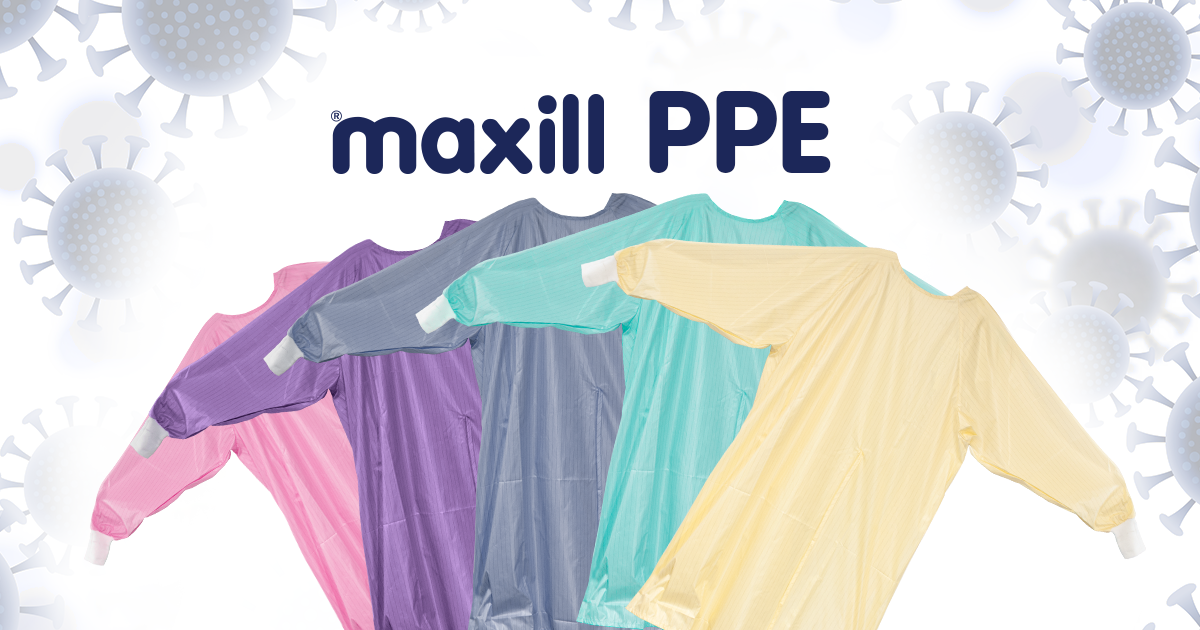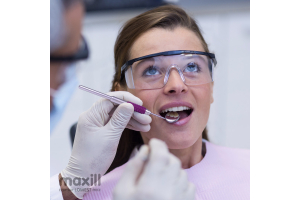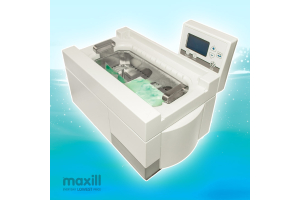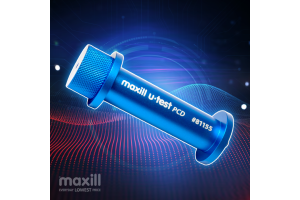Hello You … Under All That PPE!

It is no secret that dental clinicians work hours upon hours under the armor of personal protective equipment. For educational facilities and some dental offices, the pandemic PPE layers were not new protocols. For others, it was a novel approach to the safe practice of dentistry.
Are all these layers still required post-pandemic? Why had educational facilities and some offices already expanded their PPE wardrobe before the pandemic?
A better inquiry is:
How Do We Determine What ‘Layers’ Are Required Currently And Into The Future, Pandemic Or Not?
PPE falls into both routine practice and additional precautions under the principle of risk management. Mitigating the risk for both client and clinician … I don’t want your germs and you don’t want mine!!! A symbiotic relationship! Let’s compare the donning of PPE in dentistry to the medical field. I am sure you have all noted at one point or another whether at your family physician, having a blood test, or at a hospital emergency visit, the selection of what PPE is donned and when, does not ‘match’ the rationale we use in dentistry.
Medical facilities do follow the theory of routine practice and additional precautions; however, they triage based on a medical history review. In dentistry, we obviously review medical history, but we do not triage based on medical history, as we assume everyone has a transmissible pathogen. That ‘IS’ routine practice, treating everyone as equally having something that is contagious, and we know 100% this has proven to work for infection prevention and control in dentistry.
The base of our PPE in routine practice includes gloves, surgical mask, safety eyewear, uniform, shoes, face shield, and gown. Yes, you read it correctly, the face shield and gown have always been part of the PPE lineup, being donned for an aerosol-generating procedure (AGP). Recent graduates (within the last 10-12 years) from a dental hygiene program, can attest to receiving a failing grade in clinical standards of practice if a face shield and gown were not worn when using an ultrasonic and/or slow-speed handpiece for polishing.
Changes...
Freely admitting, before the pandemic, dental professionals did not screen for the testing level of a gown, the fluid resistance testing being of most interest to an AGP in dentistry. We now know a Level 2 gown is required for AGP as it delivers fluid resistance. The dental clinician has the option to assess the risk level of the procedure. An NAGP can be approached with a Level 1 gown.
In observing that a true NAGP means not using ANY water or air, including the air/water syringe. Dentistry can be proud, because pre-pandemic surgical masks had already made the round of hot topics where they too had distinct levels of testing referring to filtration and fluid resistance, with a Level 3 offering the protection a dental clinician requires.
Gloves and safety eyewear do not require much focus in this discussion as dentistry was and still is incredibly happy to wear them. Uniforms and shoes, both no secret they need to be changed at work and cannot be worn from home to office and vice versa. The face shield is self-explanatory. It only takes wearing a face shield once, removing it and looking at it to fully comprehend and accept its necessity in the PPE lineup. Wear a face shield or remove prophy paste from your eyebrows, an easy choice! I keep hearing the same statement about face shields ‘why in the world did we not wear these before when I see all the splatter on the shield.’
A respirator mask is the newcomer to dentistry and again tied to AGP. By now we have all heard of the n95 or the kn95. Both are filtering facepiece respirators. The homework a dental office needs to do is the same as the gown level. The respirator mask needs approved testing for fluid resistance. There are many industry-specific n95 and kn95 that ALL filter at or above 95%. So, can dental offices use these? Yes, for the filtration but not for the fluid resistance.
Specific to dental and medical are the n95 and kn95 that have passed the testing for fluid under pressure, same as the gowns. Of course, the fit testing approach to a respirator mask versus surgical masks defines the rationale that a respirator mask is superior for AGP.
Circling Back...
Let’s go back to answering these questions: Will all these layers still be required post-pandemic? Yes, based on a proper risk assessment. It is not the pandemic deciding the PPE, it’s a proper risk assessment dependent on the procedure of AGP or NAGP. Why had educational facilities and some offices already expanded their PPE wardrobe before the pandemic? They were one step ahead in a risk assessment, only missing the respirator face mask.
This is determined again, via a risk assessment clearly understanding the PPE layers are not going away EVER. Not every procedure and not every environment will require the same PPE as there are variances in the risks. The decision is left to the dental professional with evidenced facts following risk management. Do not clear your PPE wardrobe as you still need ALL of it! The good news is you get to decide how and when to use your glamourous PPE wardrobe!







